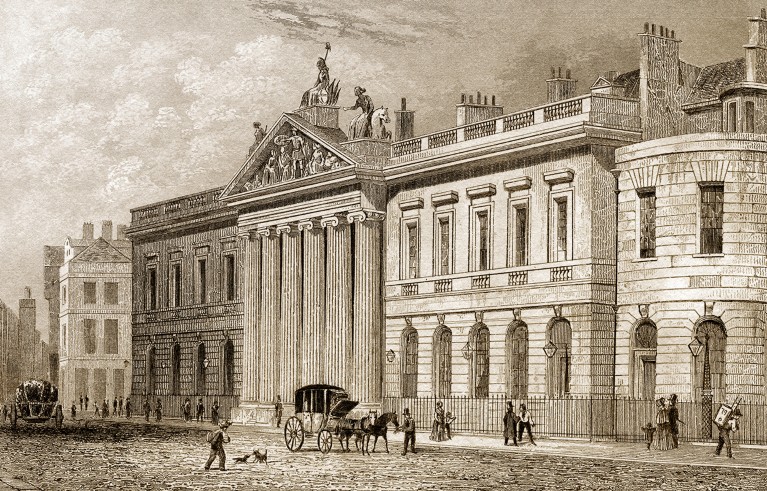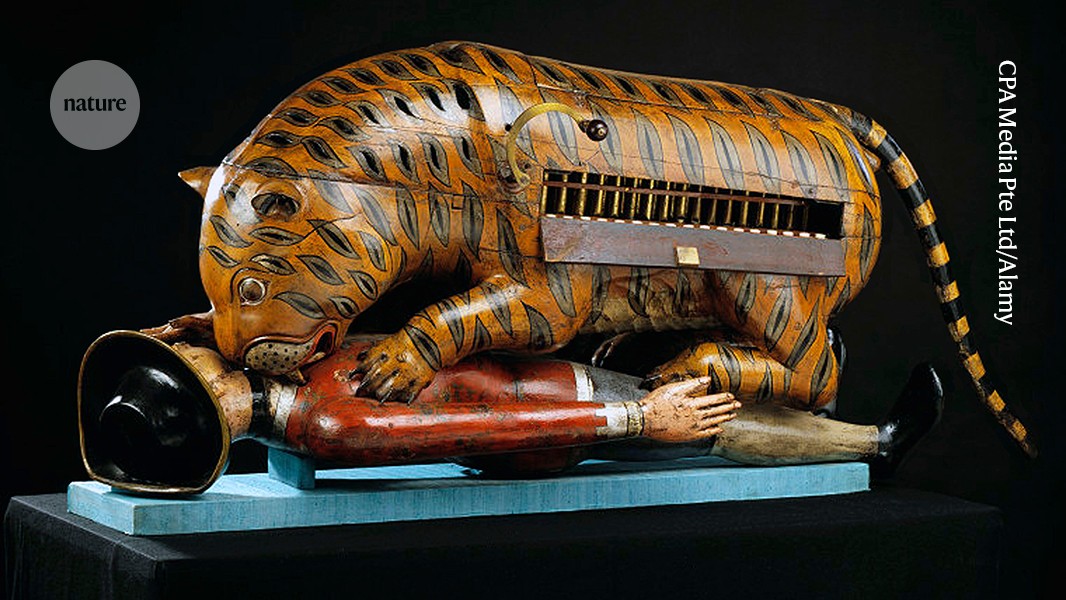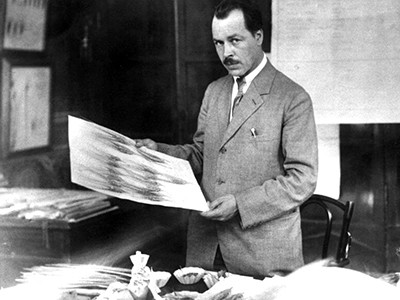Monopolizing Knowledge: The East India Company and Britain’s Second Scientific Revolution Jessica Ratcliff Cambridge University Press (2025)
In 1790, speaking to the Asiatic Society of Bengal, its founder William Jones, a judge of the Supreme Court in colonial Bengal, proclaimed that, in time, “we will transfer to Europe all the sciences, arts, and literature of Asia”. A few years earlier, Warren Hastings, the first governor of the Presidency of Fort William in Bengal, which was controlled by the British East India Company (EIC), argued that the accumulation of knowledge “lessens the weight of the chain by which the natives are held in subjection; and it imprints on the hearts of our own countrymen the sense and obligation of benevolence”.
What the Ottomans did for science — and science did for the Ottomans
Even though, initially, the EIC did not directly fund the accumulation, collection and transfer of knowledge of science and nature in colonial India and other parts of Asia under its control, many of its employees were engaged in such pursuits. Their collections of manuscripts, maps, catalogues, botanical drawings, artefacts and specimens of flora and fauna — bearing labels such as ‘three Elephant heads with several detached parts’, ‘Eight birds from Sumatra’ and ‘a large catalogue of petrifications, bones, beetles and butterflies’ — were stored in repositories in colonial India. These items, many accumulated through organized looting and plunder, were eventually donated or sold to museums or to East India House, the headquarters of the East India Company in London.
In Monopolizing Knowledge, historian of science and technology Jessica Ratcliff places the minutiae of the various scientific projects, and the people behind them, in the larger context of ‘colonial capitalism’. Her focus is narrow — from the EIC’s emergence as a colonial power in 1757 to the British government taking direct control of the company’s territories in 1858. Yet, she strikes a judicious balance in her analysis of the intricate braiding between science and empires, and its consequences for the development of scientific knowledge and practices in Britain and globally.
She describes how the EIC deployed “company science” to extract natural resources and provide the cultural resources necessary to exercise colonial power over others. It funded the construction of a network of astronomical observatories for determining longitude, keeping time and tracking weather patterns essential for increasing agricultural production — a necessary step in the context of famines precipitated by crushing taxation. As Ratcliff points out, surveying and astronomy were so important for concerted, expansionist military campaigns that the army itself became “a form of institutionalized knowledge”.

East India House was located in Leadenhall Street, London.Credit: Falkensteinfoto/Alamy
The EIC also supported the development of a series of botanic gardens that enabled the generation of botanical knowledge and practices, as well as playing an important part in the production of lucrative commodities such as tea, hemp, flax, rubber and indigo.
The founding of a network of research institutions, with the Asiatic Society of Bengal at its apex, provided a setting to discuss and disseminate research in science and ‘orientalism’, as Westerners once called the study of the peoples and cultures of Asia.
From company to museums
Company science lived on after the dissolution of the EIC. Encouraged by a movement to place private collectibles in accessible museums, the company transformed its assets into ‘public science’ by dispersing them among the many museums and science departments that were being set up at British universities.
The astonishing scientists who starved to protect plants during the Second World War




